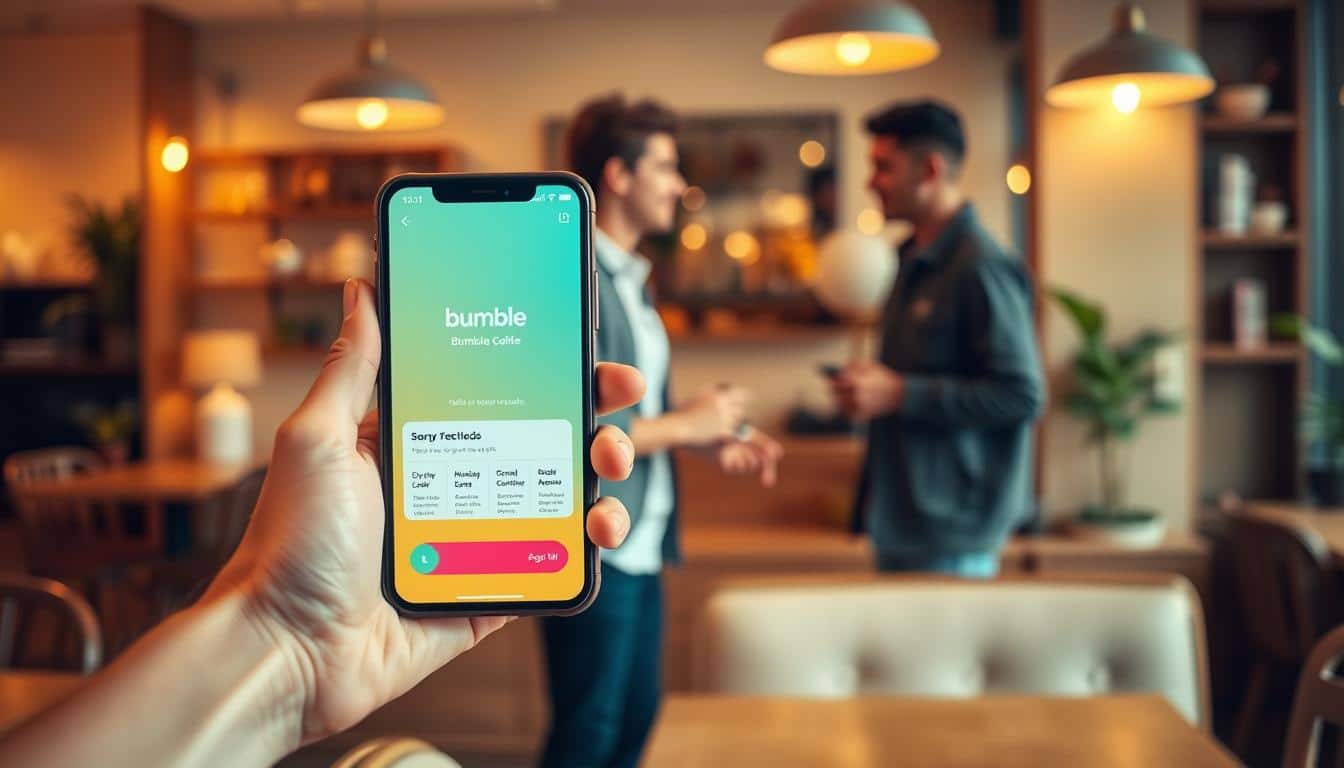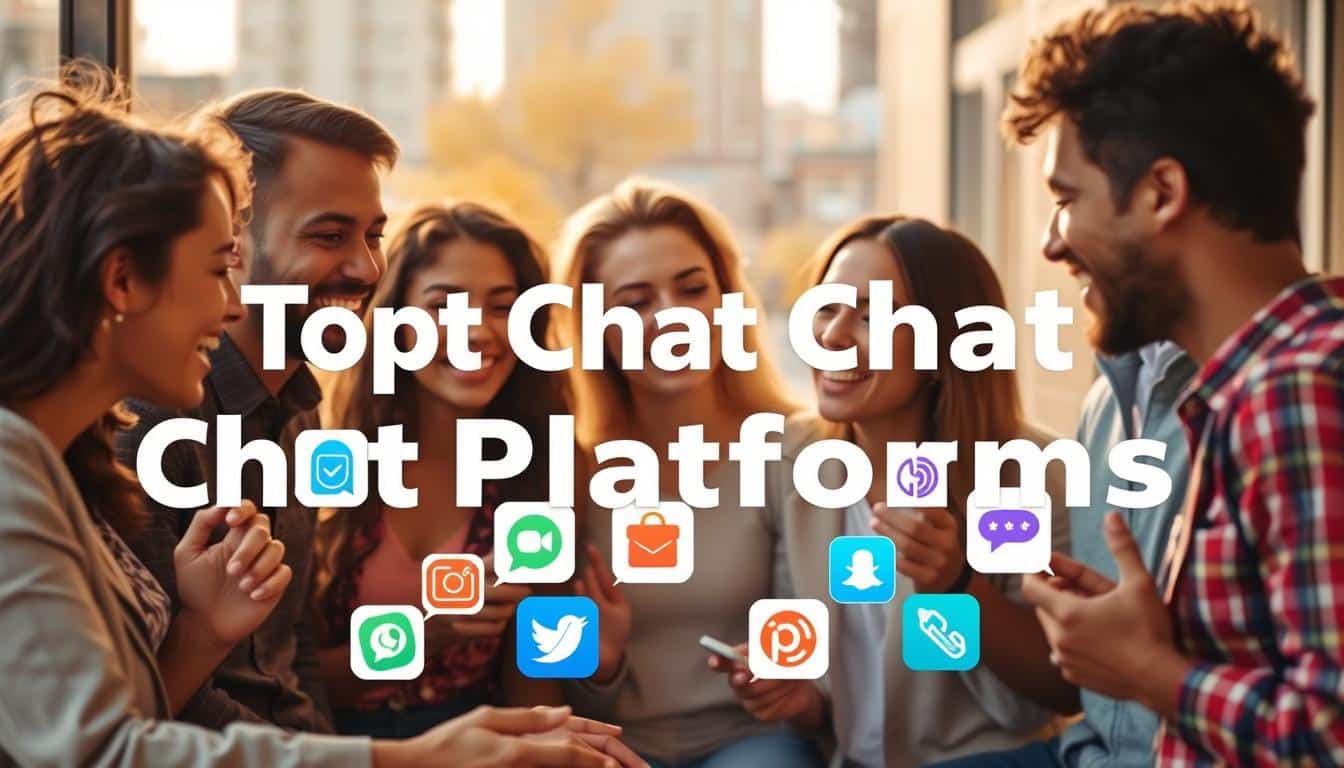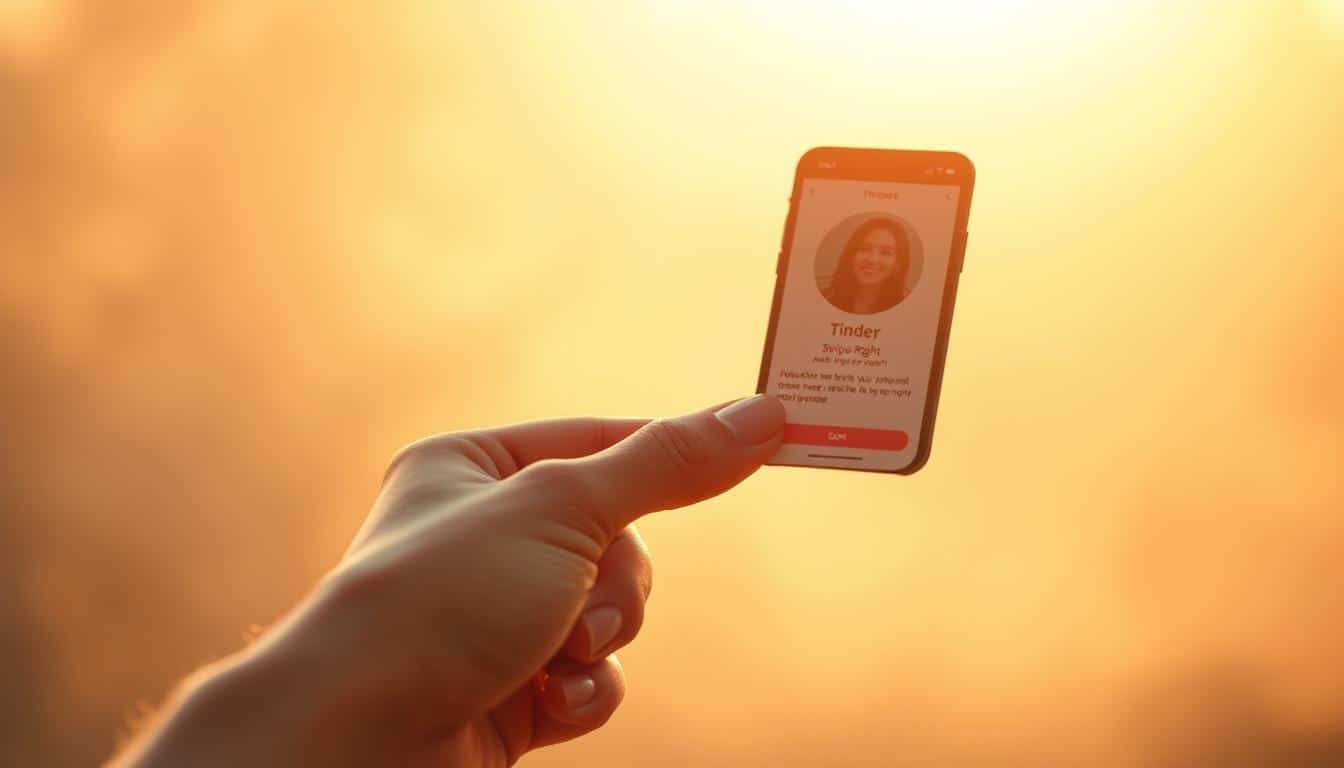Anúncios
Dating apps like Tinder, Bumble, and OkCupid have changed how we meet people. They bring many benefits in the USA. We’ll look at the practical, tech, social, and economic pluses of these platforms.
If you’re a busy pro, single parent, LGBTQ+ single, older person, or live far from cities, this is for you. We’ll explore convenience, bigger reach, safety, saving money, advanced technology, niche groups, and smart tips later.
The style is friendly and useful. Expect a detailed guide with solid advice and data from places like Pew Research Center. You’ll learn the top perks of using dating apps by the end of this.
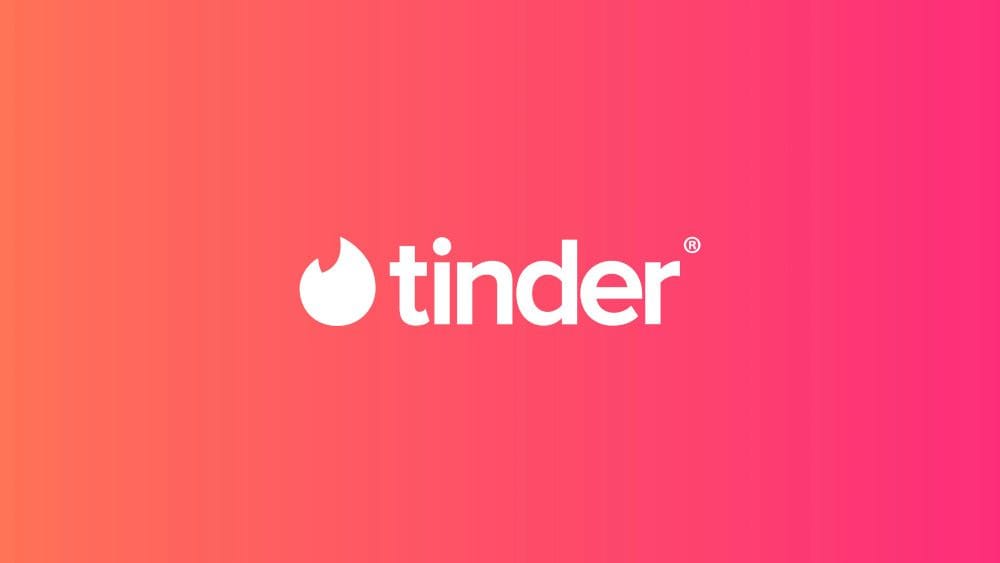
Tinder
Key Takeaways
- Learn what makes dating apps so advantageous for a wide range of users.
- Benefits of dating apps include convenience, broader reach, and cost savings.
- Why use dating apps: efficient matching, safer interactions, and niche communities.
- Dating app advantages extend to older adults, LGBTQ+ singles, and busy professionals.
- The article offers practical, evidence-based tips and industry insights.
Learn what makes dating apps so advantageous
Dating apps have changed how we meet and date. They offer main advantages and change our social habits. They’re great for various types of users.
Overview of the primary advantages
Apps are all about convenience. You can check out profiles whenever you like, even between meetings. This is perfect for those with little free time.
There’s a bigger pool of potential partners too. This means you’re not stuck with just the folks in your social circle. It boosts your chances of finding someone who’s right for you.
App algorithms make finding partners more efficient. Platforms like Tinder and Bumble use your preferences to suggest better matches.
These apps are also lighter on your wallet. You can save money with free accounts or affordable subscriptions. This is much cheaper than hosting singles events or hiring matchmakers.
Privacy is a big deal too. You can control what info you show, confirm who you are, and choose who sees you. This makes the whole experience less stressful.
Chatting is easy with these apps. They have messaging, voice, and video chat. This makes breaking the ice and screening dates much smoother.
For those with specific interests, there are niche communities. Whether you’re into farming or music, you can find like-minded people.
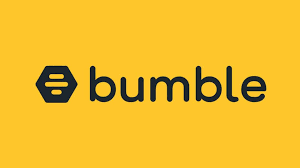
Bumble
How dating apps changed modern dating norms
These days, meeting people online is the norm. It has changed our expectations about reaching out and meeting up.
Screen-first dating is now usual. Couples often message or video chat before meeting. This helps reduce any awkwardness.
Casual dating is more accepted now, though apps still lead to long-term relationships. Pew Research Center found that online dating is a key way to meet partners nowadays.
Who benefits most from using dating apps
Singles in bigger places get more out of these apps. They meet more people and have more chances to connect.
LGBTQ+ folks find apps to be safe spaces. These platforms support various gender options and help reduce stigma.
Older adults enjoy sites like Match or OurTime. These sites offer easy search tools and designs that older people find user-friendly.
Busy professionals like the scheduling tools. They can message when it suits them, making it work with their schedules.
People with unique hobbies find matches on special apps. These platforms bring together folks with the same interests.
| Advantage | How it helps | Typical users who benefit |
|---|---|---|
| Convenience | Browse and message at any time, fits busy schedules | Working professionals, parents, students |
| Expanded pool | Access to more profiles beyond local circles | Urban singles, newcomers to a city |
| Algorithmic matching | Surfaces compatible profiles based on behavior and preferences | People seeking efficiency, those new to online dating |
| Cost-effectiveness | Lower cost than matchmakers and many social events | Budget-conscious daters, students |
| Privacy controls | Manage visibility and identity verification | LGBTQ+ users, public figures, cautious daters |
| Communication tools | In-app texting, voice notes, video calls for safer screening | Shy users, remote connections, those wanting to vet matches |
| Niche communities | Match on shared hobbies, faith, or lifestyle | Hobbyists, faith-based singles, niche lifestyle groups |
Convenience and time-saving features of dating apps
Dating apps make it easy to look through profiles and plan outings fast. Big names like Hinge, Bumble, and Match are on both iOS and Android, plus the web. Their features, like push notifications, geolocation, and easy-to-use designs, let folks chat on the go or while waiting, saving lots of time.
Accessible anytime: mobile and desktop compatibility
Mobile apps mean dating can happen from your pocket. You can tweak your profile, respond to questions, or send messages easily without needing a computer. For deeper exploration and longer chats, desktop sites have similar features to apps.
Notifications and location features make finding locals a breeze. You get tips and messages instantly, making it easier to keep conversations moving.
Efficient matching algorithms that save time
Matching features sort through prompts, likes, and scores to suggest good matches. Hinge, OkCupid, and Tinder use different ways to find people who are more likely to click.
This approach means less time on bad matches. You spend time only on profiles that fit what you’re looking for.
Scheduling and messaging tools that streamline communication
Tools for planning dates and messaging within apps simplify making plans. Calendars, seen messages, voice, and video calls help keep everything private and straightforward.
Bumble and Tinder’s video and voice chats are great for a quick look before meeting. Match helps early chats with prompts. Chatting whenever works well, especially for those with odd hours, making setting dates easier.
| Feature | How it saves time | Example apps |
|---|---|---|
| Cross-platform access | Allows quick replies and profile edits anywhere | Hinge, Bumble, Match |
| Geolocation & push alerts | Surfaces nearby matches and speeds responses | Tinder, Bumble |
| Matching algorithms | Prioritizes compatible profiles to reduce browsing time | Hinge, OkCupid, Tinder |
| Scheduling tools | Built-in calendars and planning features ease meetups | Match, Bumble |
| Messaging & media | Voice notes, read receipts, video calls enable screening | Bumble, Tinder, Match |
Expanded dating pool and greater variety in matches
Dating apps have made meeting people much easier. They allow singles to find others outside their local areas. This leads to better matches and more interesting dating scenes.

Geographic reach beyond local social circles
Location tools in apps help set how far you want to search. With things like Tinder Passport and Bumble’s travel mode, you can match with people in different cities. This is great for when you travel or if you’re planning to move.
Diverse user bases: age, interests, backgrounds
Big dating platforms offer a mix of ages and backgrounds. Then there are niche sites for specific interests like faith, careers, or hobbies. For example, Christian Mingle is for those in the Christian faith, The League for professionals, and Meetup-style sites for hobbyists. These options mean you’re more likely to find someone who gets you.
Filtering and search options to find compatible partners
Dating apps come with filters to narrow down your search. You can sort by things like age, education, or lifestyle choices. Match and eHarmony are good at helping you avoid dealbreakers. This way, you spend time on profiles that are more likely to match your long-term goals.
Advanced matching technology and algorithm benefits
Today’s dating platforms use data science and people’s preferences to improve matches. Users find better connections thanks to the use of profile info, past activities, and their likes. This combination of technology and personal touch means less swiping and more meaningful talks.
How recommendation engines improve compatibility
Apps for dating use things like collaborative filtering and matching based on content to match people. Collaborative filtering finds similar users based on their activities, like likes and chats. It then suggests profiles that succeeded for others who have similar tastes.
Matching based on content looks at profile details and interests to find partners with similar traits. To get deeper into what people value and how they live, many services ask questions. Tools like eHarmony’s compatibility system and OkCupid’s match-making based on questions use these answers. They then show profiles likely to match well.
Role of machine learning and behavioral data
Machine learning in dating apps gets smarter by watching how people act on the platform. It notes swipes, how often messages are answered, the time spent on profiles, and how people interact with photos. Over time, it gets better at making suggestions. Tinder, for example, changes the order of profiles to show those who might respond more. Hinge uses feedback to highlight profiles leading to real conversations.
The systems get better by focusing on actions that seem to lead to replies and dates. They adjust as they learn from user interactions, changing focus to improve matching success for each person.
Pros and cons of algorithmic matchmaking
There are big benefits, like more personal matches, more user activity, and saving time. The smart algorithms help avoid the guesswork of dating by finding those who meet key preferences.
But there are downsides too. Algorithms might reinforce biases or create spaces where we see the same types of people. Relying too much on algorithms means we might miss out on chemistry that numbers can’t show. Sometimes, even with all the data, mismatches can happen due to subtle personal differences.
It’s important to find a balance. Think of matching algorithms as a helpful tool. Use what dating apps offer, but also trust your own feelings when talking and meeting up.
| Aspect | How it works | Real-world example |
|---|---|---|
| Collaborative filtering | Recommends profiles liked by users with similar behavior | Tinder’s ranking tweaks to show likely matches first |
| Content-based matching | Matches on profile traits, interests, and questionnaire answers | OkCupid’s question-driven compatibility scoring |
| Compatibility models | Combines questions and weighted traits to predict fit | eHarmony’s long-form compatibility system |
| Behavioral tuning | Learns from message rates, swipes, and engagement signals | Hinge’s feedback loop favoring profiles that spark conversation |
| Risks | Filter bubbles, biased outcomes, and missed chemistry | Over-personalized feeds that limit diverse exposure |
Cost-effectiveness compared to traditional dating methods
Dating apps save both time and money in finding partners. They cost less than professional help or going to singles events often. Think about what features you need and choose what’s really worth it.
Platforms offer free and premium accounts. On Tinder, Bumble, and Hinge, you can make a profile, swipe, and match for free. Going premium adds benefits like more visibility and unlimited likes, making it easier to find matches quickly.
Premium options include Tinder Plus or Gold, Bumble Boost, and Hinge Preferred. These come with special perks and month-to-month plans. Look at what each feature offers before you pay to avoid unnecessary costs.
Free vs. premium features and value analysis
Free versions meet basic needs like creating a profile and matching. But, premium services can make finding matches faster and make your messages stand out. For some, free options are enough. Others, wanting quicker results, might find value in paying.
See if paying more leads to more matches or dates. A small monthly fee can be worth it if it means you’ll get more out of your subscription.
Comparing costs with hiring matchmakers or attending events
Matchmakers and coaches can be pricey, costing from hundreds to thousands. Events also have added expenses like travel. App subscriptions, on the other hand, are cheaper, ranging from $5 to $30 a month.
Dating apps allow you to meet many more people than single events can. This wide reach, along with consistent costs, can help you decide how to spend your dating budget.
Maximizing ROI on paid dating app subscriptions
To get the most out of subscriptions, follow these tips. Try features during free trials and choose subscriptions carefully. Only pay for what helps you meet your dating goals, like getting more visibility.
Having a good profile and keeping track of your spending versus results helps too. If you’re not seeing benefits, consider pausing your subscription to stay cost-effective.
| Option | Typical Cost (monthly) | Primary Benefit | Best For |
|---|---|---|---|
| Free tier (Tinder, Bumble, Hinge) | $0 | Basic matching and messaging | Casual browsing, those watching their budget |
| Premium plans (Plus/Gold/Preferred) | $8–$30 | Boosts, unread receipts, advanced filters | Those seeking quick results actively |
| Single events & classes | $20–$150 per event | In-person networking and coaching | Prefer meeting people live and local connections |
| Matchmakers & coaches | $500–$5,000+ | Personalized matching and advice | Looking for serious, targeted searches |
Enhanced control over privacy and safety
Dating apps help you decide how you show up and who talks to you. They offer good choices for keeping your info safe. You’ll also find ways to dodge unwelcome messages here.
Privacy settings and profile visibility options
Many apps let you choose who sees your profile. You can also hide when you were last active or blur your photos. Tinder lets you control which pictures people see. Bumble has settings to keep your exact location private. Using these features can protect your private details.
Safety features dating apps
Verification badges help weed out fake accounts. Tinder and Bumble verify users through photo ID. You can quickly block anyone bothering you, thanks to in-app options. Features like panic buttons and guides on handling abuse boost your safety. They make the chances of catfishing and unwanted messages lower.
Best practices for protecting personal information
Don’t share your home, workplace, or bank details. Meet up in public places for the first time. Tell a buddy about your plans. Use the app’s call or video chat before sharing your number. For serious cases, consider a background check. Always look for verification marks on profiles to trust people.
| Control | What it does | Where to find it |
|---|---|---|
| Profile visibility options | Limit who sees your profile by age, gender, or distance | Tinder, Bumble settings menus |
| Photo controls | Blur or hide photos until you accept a match | Tinder image management |
| Location privacy | Obscure precise location and set broader regions | Bumble location privacy settings |
| Verification badges | Confirm identity with photo ID or selfie checks | Tinder and Bumble verification tools |
| Reporting and blocking | Remove or report abusive accounts to support teams | In-app safety menus on major apps |
| Safety resources | Guides, panic buttons, and customer support links | Bumble and Match safety centers |
Improved communication tools and first-date prep
Dating apps let you check chemistry without meeting up first. Text chat, GIFs, voice notes, and video calls show you how someone talks and laughs. Bumble and Tinder have video chats. Hinge uses fun prompts for better talks. These tools make dating less of a guess and more of a sure thing.
Use voice notes to catch their vibe easily. A short video call can check if you click and sort out plans. These steps keep both sides safe and make the first meet-up less awkward.
Practical icebreakers and guided prompts
Apps come with built-in hints to ease chatting. Hinge, OkCupid, and others provide prompts and suggested openers. Say something about their hobbies, ask about their favorite coffee spot, or chat about a book they like. This shows you really looked at their profile and starts a true conversation.
Preparing for the meetup
Look at profiles as a way to plan a good date. If you both enjoy hiking, pick an easy trail and arrange a time. Agree on where to meet and how long you’ll stay. Choose a place where lots of people go. Planning like this makes the first date easier to look forward to.
Make sure you share interests before you decide to meet. Use the dating app’s safety features to tell a friend your plan. These steps help you focus on getting to know them, not worrying about plans.
Opportunities for niche and interest-based connections
Specialized platforms bring singles together over shared interests, beliefs, and ways of life. Niche dating apps focus choices, helping users meet partners who share their values. This means less time sifting through matches that won’t work and easier first chats.
Specialized apps for hobbies, faith, and lifestyle choices
Apps like Christian Mingle and JSwipe cater to faith and culture enthusiasts. FarmersOnly is for those in rural and farming communities. Tastebuds pairs up people based on their music preferences. HER is for LGBTQ+ women, and The League is for those focused on their careers.
These platforms adjust profiles and questions to reflect community values. They highlight important attributes like religious practices, farm life, or music likes. This lets users prioritize what’s key in their search for a partner.
Benefits of joining niche communities for compatibility
Being part of a niche community increases the chance of finding someone with similar core values. Having common interests makes getting to know each other and coming up with date ideas easier.
In niche spaces, there’s less sorting through irrelevant matches. This leads to more meaningful talks and better first dates because the common ground is obvious from the start.
How niche filters increase relationship longevity
Studies show that having shared values and lifestyles is important for a happy relationship. Filters for things like beliefs, family plans, interests, and daily routines help find partners with the same long-term goals.
Interest-based and faith-based dating apps allow for clear communication of what’s important from the beginning. This clarity can prevent disagreements later and supports lasting partnerships.
Impact on social behavior and modern relationship trends
Apps like Tinder and Bumble have changed dating. People now meet differently and expect different things from dates. This affects our daily lives and even our friendships.

Changing attitudes toward casual dating and long-term commitment
Users see many possibilities in dating, from casual to serious relationships. Young people are open to various relationship types. Online dating is now a common way to find a partner.
How apps influence communication norms and dating etiquette
Dating apps promote quick chats and clear profiles. They have led to new behaviors like ghosting. Yet, they help people be upfront about their relationship goals and preferences.
Practical tips include being honest in profiles and responding quickly. These tips help make online dating better for everyone.
Statistical trends: usage, success rates, and demographics
| Metric | Recent U.S. Findings | Implication |
|---|---|---|
| Adults who have used dating apps | About 30% of U.S. adults report ever using a dating app | Online meeting is common across the population |
| Relationship starts via apps | Roughly one in five committed couples met online | Apps are a major channel for long-term matches |
| Growth of niche apps | Significant rise in apps for faith, hobbies, and LGBTQ+ users | Specialized platforms change matching patterns |
| Age and orientation splits | Higher usage among adults 18–34; notable adoption across LGBTQ+ communities | Demographics shape design and community features |
Statistics on dating apps show their big impact. They change how and who we meet. This information helps us understand dating today.
Using these apps wisely means being clear about what you want. It’s also good to set how fast you’ll reply. These tips help build respectful and healthy connections.
Common misconceptions and how to use dating apps wisely
Online dating can lead to many views. Some think profiles are often fake, while others see apps as perfect match-finders. But real facts help you navigate these apps safely and with confidence.
Addressing myths about authenticity and trust
It’s not true that all accounts are fake. Tinder, Bumble, Hinge, and Match have tools to check user truthfulness. Understanding myths about dating apps can help you tell fear from fact. It’s key to learn about these tools and read profiles carefully yet openly.
Catfishing does happen, but there are ways to reduce risks. Check their social media, ask for video chats before meeting, and trust your gut. Knowing the signs of catfishing helps you be cautious without thinking every profile is a lie.
Practical profile tips that attract the right people
Choose clear, up-to-date photos showing your face and body. Include pictures of you doing things you enjoy, like running or cooking. Say exactly what your hobbies are. For instance, mention if you run marathons instead of just saying you’re active.
Make your photos start conversations. A picture at a market can spark a chat about foods you love. End your bio with an action invite, like a cool idea for a first date. These tips can get you better matches and chats.
Guidelines for respectful, effective messaging
Start chatting by mentioning something from their profile. Ask a question that’s easy to answer with more than a yes or no. Keep your messages brief, interested, and polite. Stay away from sexual comments or demands at the start.
Talk about how often you usually reply and accept their pace. If they don’t answer, just move on without stress. These messaging tips help keep conversations respectful and might lead to real connections.
Be real, curious, and set clear lines when using apps. Knowing about dating app myths, catfishing, and using good profile and messaging strategies can make dating online safer and fun.
Conclusion
Dating apps have many benefits: they’re convenient and offer diverse matches. Their advanced matching technology helps find the right person for you. They’re usually affordable, protect your privacy, and give better ways to talk.
They also have groups for people with specific interests. This makes finding a good match easier. All these points show why dating apps can be great for everyone.
To succeed in online dating, choose apps that fit what you’re looking for. Try Bumble or Hinge for serious relationships. Go for Tinder if you’re interested in something casual. Match is good for those looking for love that lasts.
Make sure your profile stands out with fresh photos and a well-written bio. Remember the advice from this guide. Also, try out the free options before you pay for anything. This helps you see if an app is worth it.
Always stay safe. Use the app’s safety features, set clear boundaries, and meet in public places. Finding true connections takes time, so be patient. Dating apps are useful tools if used wisely. Follow these tips to boost your chances of finding someone special.







